Table of Contents
Communication Meaning
The transfer of information is the standard definition of communication. The phrase may also be used to describe the message sent through such transmissions or the area of research that focuses on them. The precise definition of it is a subject of much debate. According to John Peters, the challenge of defining communication arises from the reality that it is both a universal phenomenon and a distinct academic subject with institutional support. Limiting what can be categorized as communication is one definitional method. According to this reasoning, one definition of communication may be the process by which entities or groups establish meaning through the use of signs, symbols, and semiotic conventions that are sufficiently mutually understood.
Communication Types
There are 3 types of communication. Which are given below.
Verbal communication
Verbal communication is the delivery of a message orally or in writing. A system of symbols (sometimes referred to as lexemes) and the grammars (rules) by which the symbols are used make up human language. Language also refers to the characteristics that all languages share. The most rigorous language learning often takes place in early infancy. The majority of the numerous human languages make use of sound or gesture patterns as symbols to allow for communication with those around them. Although there are some exceptions, languages frequently share basic characteristics. Esperanto, computer languages, and different mathematical formalisms are examples of constructed languages that are not necessarily limited to the characteristics of human languages.
Written form
Through the ongoing advancement of technology, communication methods and concepts have changed over time. Advances in the newly growing subject of research of media psychology and communications psychology.
Non-verbal communication
Nonverbal communication describes the procedures used to transmit a certain kind of information using non-linguistic representations. Haptic communication, chronemic communication, gestures, body language, facial expressions, eye contact, and other nonverbal cues are examples of nonverbal communication. The intent of a message is also related to nonverbal communication. Movements that are deliberate, intentional, like shaking hands or winking, as well as those that are involuntary, like sweating, are examples of intent. Paralinguistic components including rhythm, intonation, speed, and stress are also found in speech. It builds trust and has a subconscious impact on communication. Similar to spoken language, written texts also contain nonverbal components including handwriting style, word placement, and the usage of emoticons to express emotion.
7 Barriers Of Communication- PDF, Definition, Examples, Types
Communication Means
You can understand others and be understood by them if you have good communication abilities. These may include, but are not limited to, offering and receiving constructive criticism, public speaking, and attentively listening during conversations.
The abilities you utilize when offering and receiving various types of information are known as communication skills. Examples include expressing fresh thoughts, emotions, or even an update on your project. The four Cs of communication are listening, speaking, observing, and empathizing. Understanding the contrasts between face-to-face contacts, phone calls, and digital communications like email and social media is also beneficial.
Parts Of Computer Name And Their Functions For Kids
Communication Process
The process of communication is dynamic and starts with the sender thinking thoughts. The sender then sends the message to the receiver through a channel, who then responds with a message or signal within the allotted time limit.
1. Sender:
The person who starts the conversation and has formulated the idea that he wants to express to others is the sender, also known as the communicator.
2. Encoding:
The sending party starts the process of encoding by converting the information into a message using certain words or non-verbal cues like symbols, signs, body language, etc. The knowledge, abilities, perspective, history, capabilities, etc. of the messenger have a significant impact on the message’s success.
3. Message
When the encoding is complete, the sender receives the message he was trying to deliver. The message may be sent orally, in writing, symbolically, or nonverbally through body language, silence, sighs, sounds, or any other means that prompts a receiver to react.
4. Communication Channel
The sender decides the channel he wishes to use to communicate with the recipient. To ensure that the recipient understands the message effectively, it must be properly chosen. The recipient and sender’s interpersonal interactions, as well as the urgency of the message being communicated, influence the media that is chosen. A few of the often used communication methods are gesture, sound, writing, and spoken communication.
5. Receiver
The recipient of a message is the person for whom it is intended or directed. In order to achieve the goal of communication, he makes every effort to understand it. The receiver’s ability to decipher the message depends on his familiarity with the subject, experience, level of trust, and relationship with the sender.
6. Decoding
In this step, the receiver attempts to grasp the sender’s message as clearly as possible. Only when the recipient fully comprehends the message as intended by the sender can communication be considered successful.
7. Feedback
The feedback stage verifies that the message has been received and understood by the recipient in the manner intended by the sender. As the sender is able to gauge the success of his message, it improves communication effectiveness. The receiver’s response may be verbal or nonverbal.
Computer Shortcut Keys A To Z List, PDF Download, Chart
Communication Images and Pictures
Some Communication Images and pictures are given below.
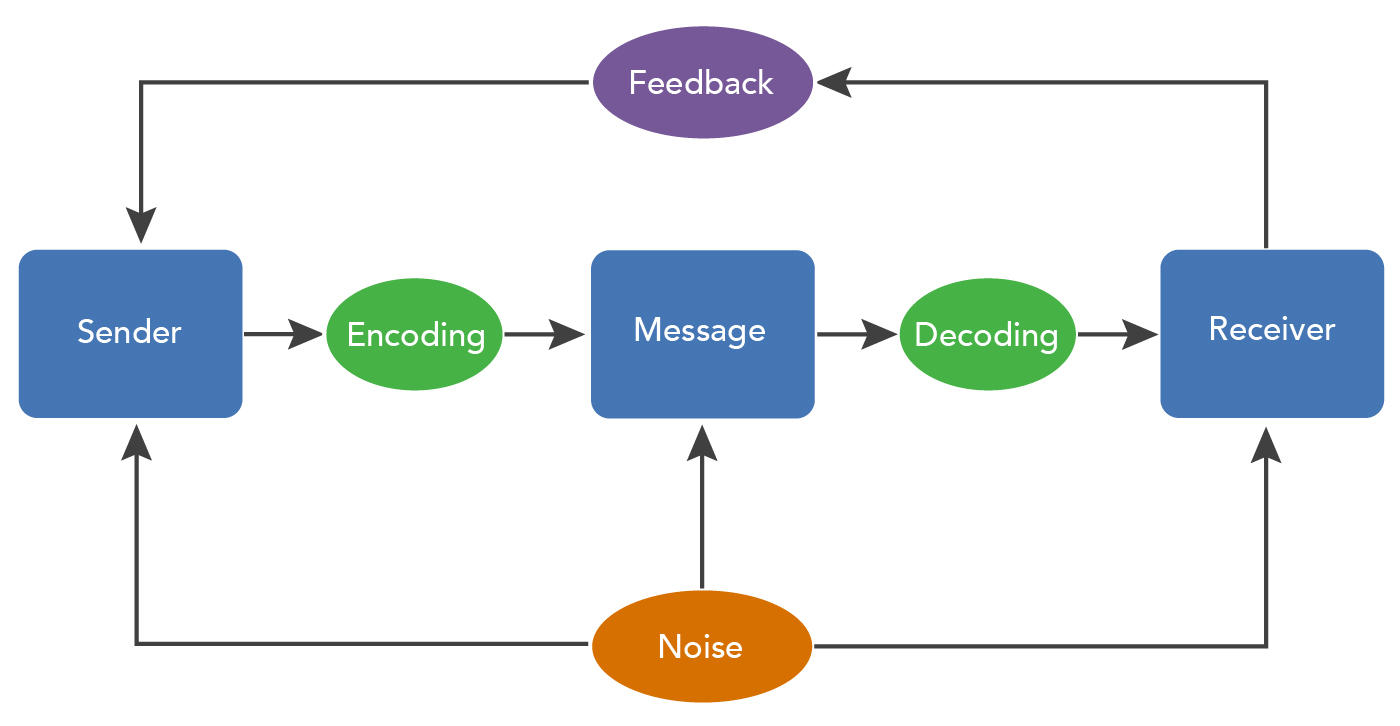
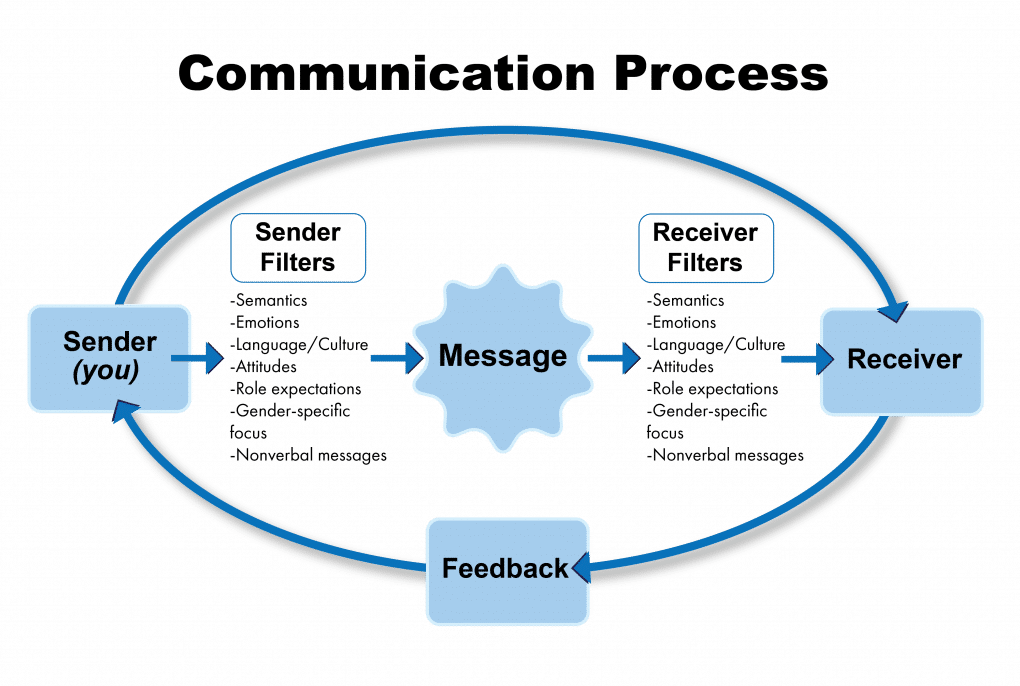

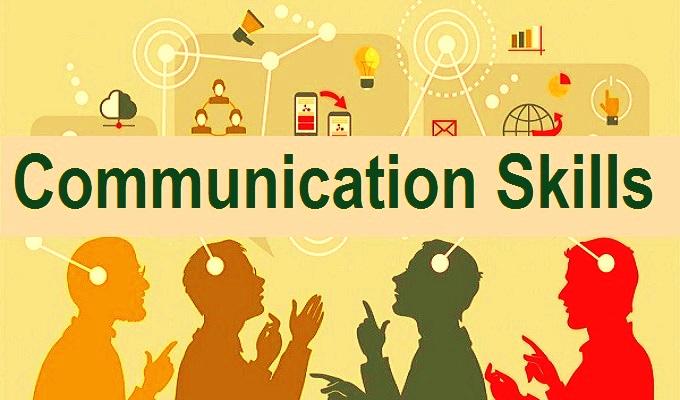
Also Read:
- Biomedical Waste Management Project, Definition And Explanation
- Life Cycle Of Butterfly Project And Explanation For Class 4 To 8
- Harappan Civilization Time Period, Map, Language And Geography
- NCC Full Form, Meaning In Army, School, And College
- Health Ministers Of India List From Independence To 2022
- How Many Liters In A Gallon Of Water?- In India, UK, US
- Sustainable Development Project, Definition, Example, PDF For Class 10
- Oscillatory Motion, Meaning, Definition, Example, Diagram

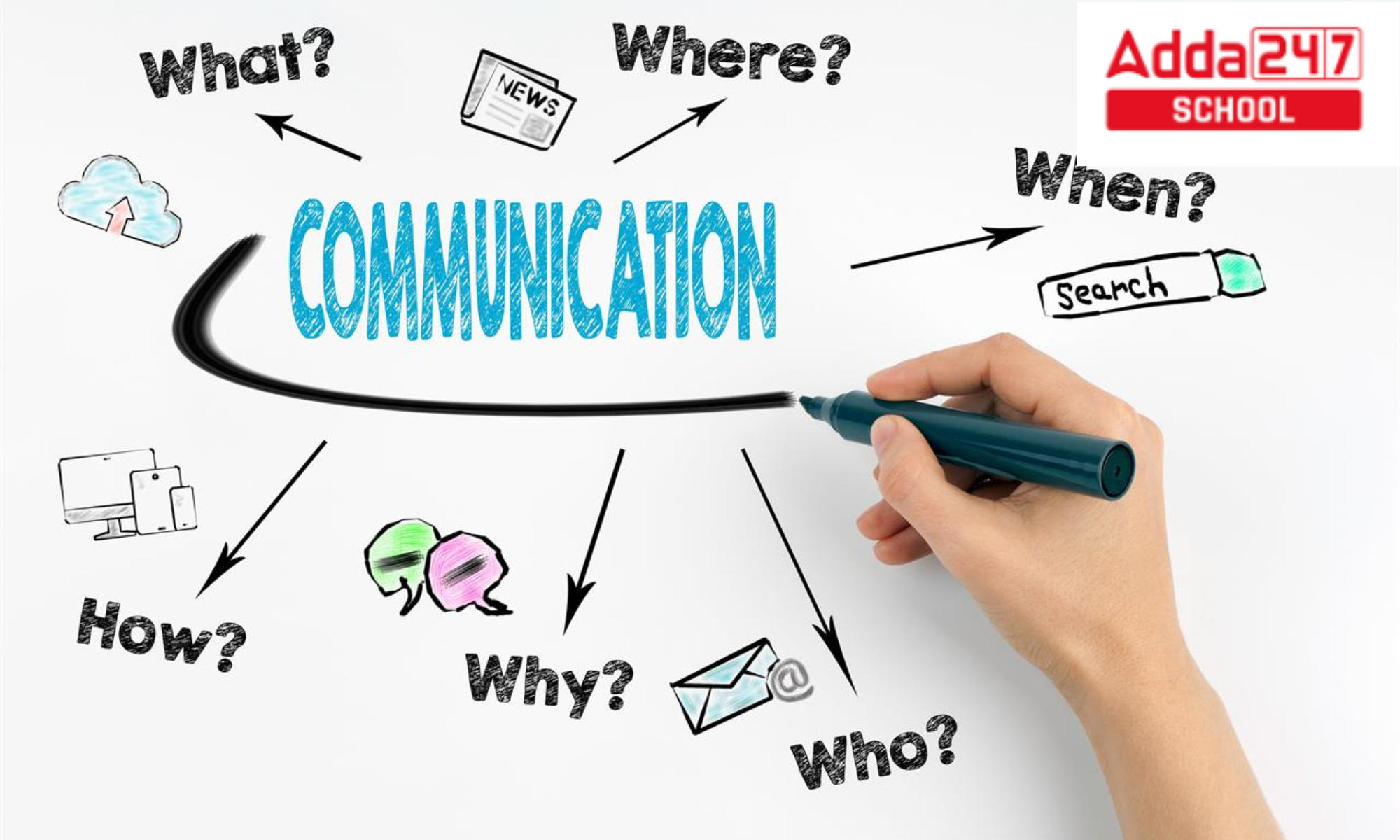

 NEET UG 2025: Is NEET Previous years Que...
NEET UG 2025: Is NEET Previous years Que...
 JEE Mains Session 2 Result 2025 OUT, Sco...
JEE Mains Session 2 Result 2025 OUT, Sco...
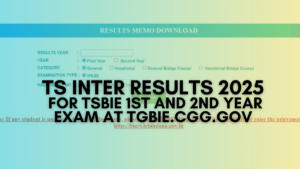 TS Inter Results 2025 Date for TSBIE 1st...
TS Inter Results 2025 Date for TSBIE 1st...










